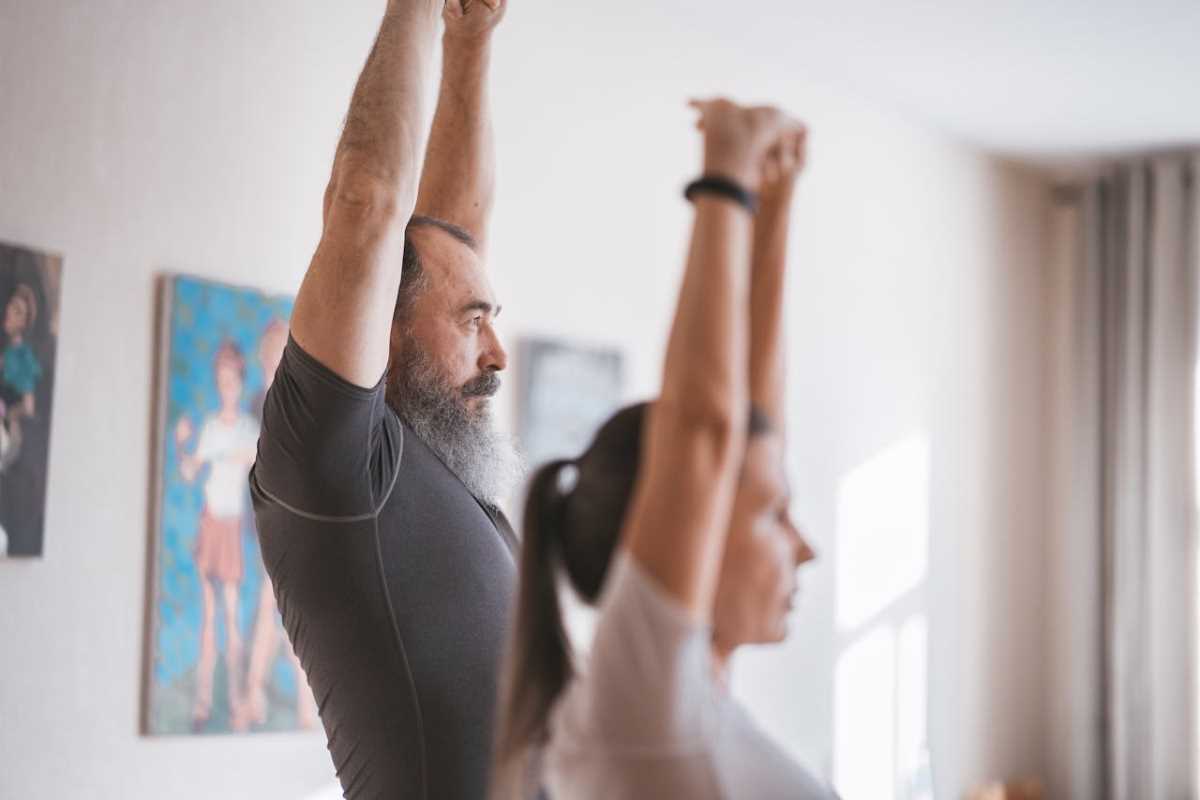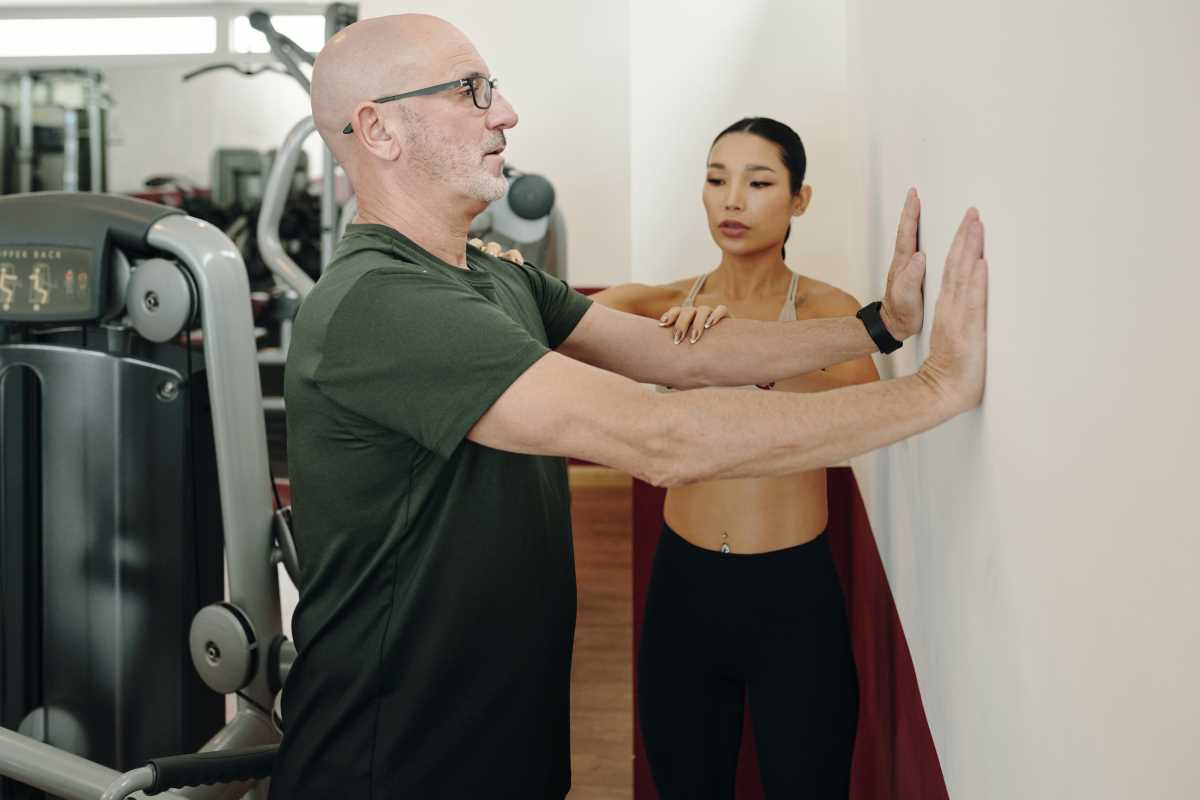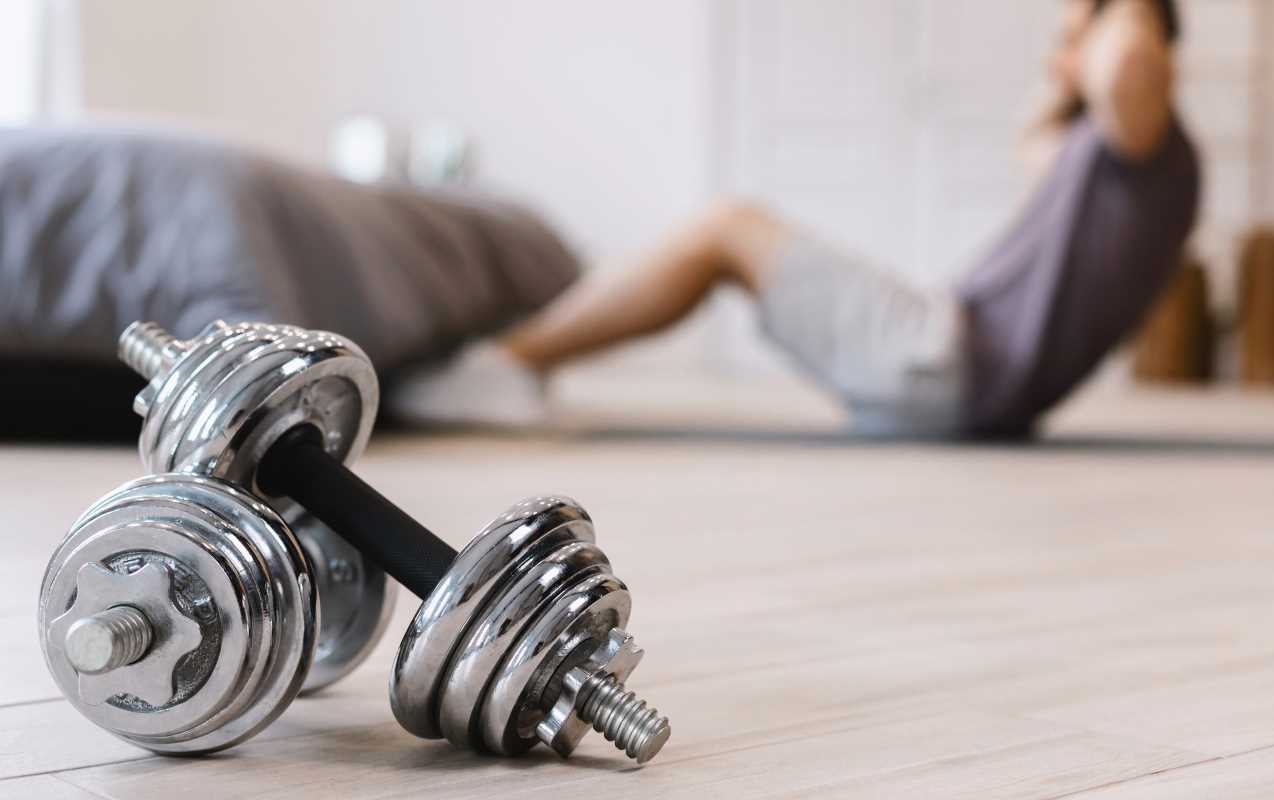Strength training is a powerhouse for building muscle, improving bone density, boosting metabolism, and keeping you strong as you age. But once you hit 30, your body starts to change—recovery may take longer, joints might feel a little creakier, and that youthful springiness doesn’t come as naturally. While strength training is just as important as ever, understanding how to train smarter (and safer) is key to long-term success.
Whether you’re new to strength training or a seasoned gym-goer, avoiding common pitfalls can help you stay consistent, injury-free, and energized. Here are the most common mistakes people over 30 make when strength training and the actionable advice you need to steer clear of them.
1. Skipping Warm-Ups
It’s tempting to jump straight into lifting, especially if you’re short on time. But skipping a warm-up is like starting a car on a freezing day without letting it idle—it’s not going to run smoothly. Warm-ups are crucial because they prepare your muscles, joints, and mind for the workout ahead.
Why It Matters
As you get older, your muscles and joints need a little extra TLC to stay flexible and responsive. A solid warm-up increases blood flow, improves mobility, and reduces the risk of injury.
What You Can Do
Set aside 5–10 minutes for a dynamic warm-up before every workout. Focus on full-body movements that get your blood pumping and improve range of motion. Examples include arm circles, bodyweight squats, and walking lunges. Pair these with gentle stretches targeting areas you’ll be training.
2. Lifting Too Heavy, Too Soon
Feeling strong is empowering, and chasing those heavier weights can be enticing. But lifting too much weight before your body is ready can lead to poor form, muscle strain, and even serious injuries. Strength training isn’t a race—it’s a lifelong commitment to your health.
Why It Matters
Your muscle fibers and connective tissues may not recover as quickly as they used to. Jumping to heavy weights too fast can overburden these systems, leaving you prone to setbacks.
What You Can Do
Master your form first, then gradually increase the weight. Start with a weight that feels challenging but allows you to complete your reps with proper technique. For most people, this is around 65–75% of their maximum effort. And remember, progress doesn’t always mean adding more weight—it also means focusing on control, range of motion, or adding an extra rep.
3. Neglecting Recovery
Recovery isn’t just a rest period—it’s when your muscles repair and grow stronger. Overtraining or ignoring your body’s need for downtime can lead to fatigue, soreness, and even burnout. And as you age, proper recovery becomes even more essential to keep your body functioning at its best.
Why It Matters
After 30, your body’s ability to recover naturally slows down. Skipping rest days or proper recuperation can lead to chronic inflammation, prolonged soreness, or even overuse injuries.
What You Can Do
Ensure your schedule includes at least 1–2 rest days per week. Active recovery days are great too—go for a walk, do some yoga, or stretch to keep moving without overloading your muscles. Prioritize quality sleep (7–8 hours) and nourish your body with protein-rich meals to optimize recovery.
4. Ignoring Proper Form
It doesn’t matter how much weight you’re lifting if your form is off. Poor technique doesn’t just lessen the effectiveness of your workout—it significantly increases the likelihood of injury, especially for your back, knees, and shoulders.
Why It Matters
Form becomes increasingly important as your body ages. Incorrect movements can aggravate joints or lead to repetitive strain injuries, which take longer to heal compared to your 20s.
What You Can Do
Take the time to learn proper form for every exercise. Start slow, practice with lighter weights, and don’t be afraid to consult a personal trainer for guidance. Adding mirrors or recording yourself can also help ensure proper alignment. Remember, good form will always outshine heavy weight.
5. Skipping Mobility Work
Strength training strengthens muscles, but mobility work keeps your body moving the way it should. Neglecting mobility exercises can lead to stiffness, reduced range of motion, and even chronic pain over time.
Why It Matters
Joint health and flexibility naturally decline as you age. Without mobility work, these limitations can sneak up on you, making everyday movements harder—and even affecting your strength gains.
What You Can Do
Dedicate time each week to mobility exercises like yoga, dynamic stretching, or foam rolling. Incorporate movements like the world’s greatest stretch or cat-cow to keep joints fluid and healthy. Mobility isn’t just an add-on—it’s an integral part of staying strong and injury-free.
6. Not Listening to Your Body
It’s easy to fall into the mindset that you need to push through every rep, no matter what. But as you get older, ignoring your body’s cues can do more harm than good. Soreness after workouts is normal—sharp pain or persistent discomfort is not.
Why It Matters
Ignoring pain or discomfort can lead to long-term issues that interrupt your progress. While your mind may still be as ambitious as it was in your 20s, your body thrives best with patience and care.
What You Can Do
Respect how your body feels day-to-day. Modify workouts or weights as needed, and never be afraid to rest when something doesn’t feel right. The goal isn’t perfection—it’s sustainability.
7. Focusing Only on Appearance
While it’s satisfying to see visible changes in your muscles, focusing only on aesthetics can lead to frustration and overtraining. Strength training is about overall health, vitality, and longevity—not just how you look.
Why It Matters
Your goals should align with your overall well-being, not external pressure. Focusing solely on appearance can leave you overlooking the broader benefits of strength training, from better posture to improved mental health.
What You Can Do
Shift your focus to functional goals like lifting heavier, performing more reps, or feeling less stiff after work. Celebrate how strength training improves your life beyond the mirror—it’s far more fulfilling.
 (Image via
(Image via.jpg)





